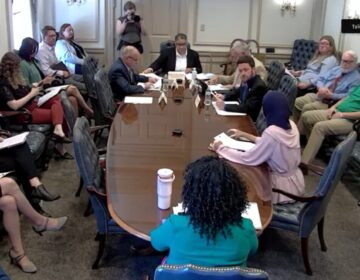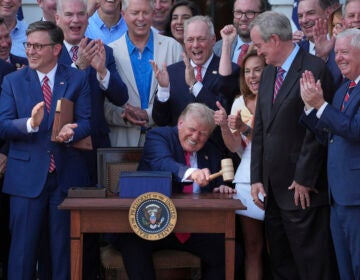U.S. Border Enforcement Failure: Intentional?
Despite the controversy over illegal immigration in Arizona triggered by U.S. failure to enforce our southern border, the federal government continues to act like the Keystone Cops as illegal immigrants of varied nationality continue to walk into the United States from Mexico.
The U.S. government has steadfastly refused to build a physical border fence, running the entire length of the border, ostensibly because we don’t want to offend Mexico. Instead the U.S. government conceived of a high-technology “virtual fence”. After wasting a billion taxpayer dollars on the “virtual fence”, the Obama administration in January abandoned the effort because the technology just didn’t work.
Now what? Are they finally going to put up a physical fence, which has proven effective in reducing illegal border crossings in the San Diego and El Paso sectors? No. Instead they’re going to try again with high technology. According to testimony before a House subcommittee on border security on Tuesday, the U.S. government is planning to deploy a new mix of cameras, radar, and other technology, to be deployed in Arizona by 2015 or 2016, and to be in place along the entire southern border possibly as early as 2021, but maybe not until 2026.
The U.S. commitment to spending taxpayer dollars on immigration control efforts that don’t work suggests to me that the U.S. government doesn’t really want to control illegal immigration. The supply of cheap and exploitable labor is too valuable to U.S. businesses. So let’s just pretend we have an immigration system. But let’s keep the border porous.
And let’s not enforce our law against hiring illegal immigrants either. The federal government operates an on-line service called E-Verify, which employers can use to immediately verify the legal work status of job applicants. But the use of E-Verify is voluntary on the part of the employers. If they don’t want to use it, they don’t have to use it. And they can instead rely on paper documents presented by job applicants.
Allowing use of paper documents to verify work status has given rise to a multi-million dollar counterfeit documents industry controlled by violent Mexican criminal gangs. But that’s a small price to pay for keeping up the pretense of immigration enforcement while actually facilitating the flow of illegal labor for U.S. employers.
WHYY is your source for fact-based, in-depth journalism and information. As a nonprofit organization, we rely on financial support from readers like you. Please give today.




